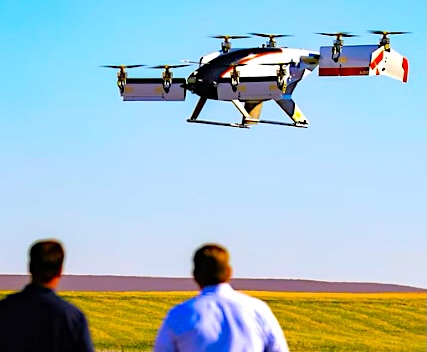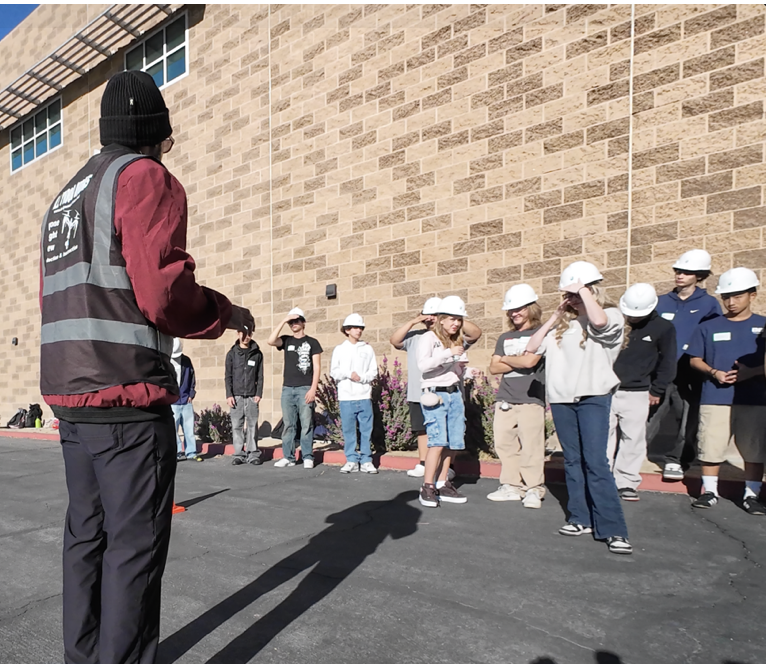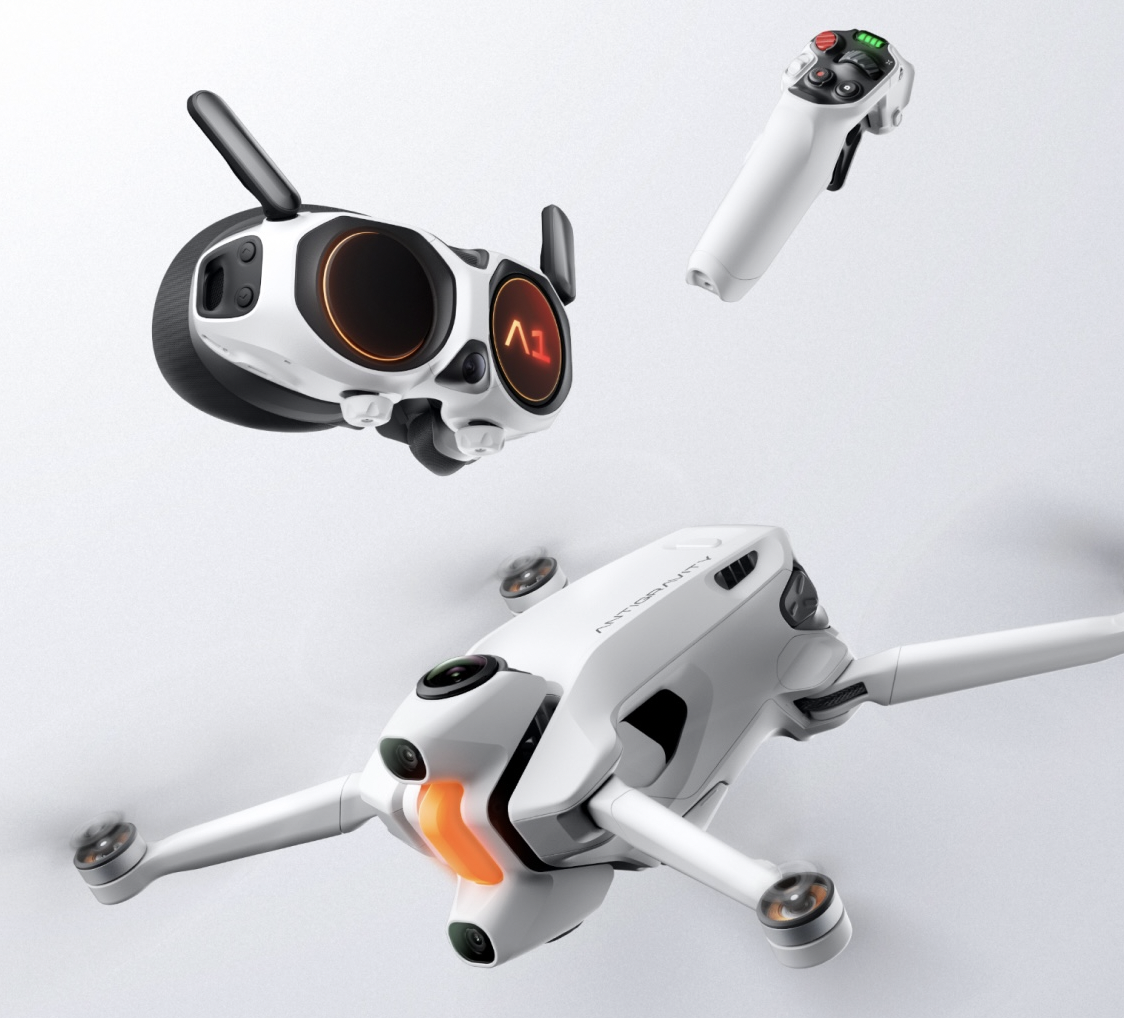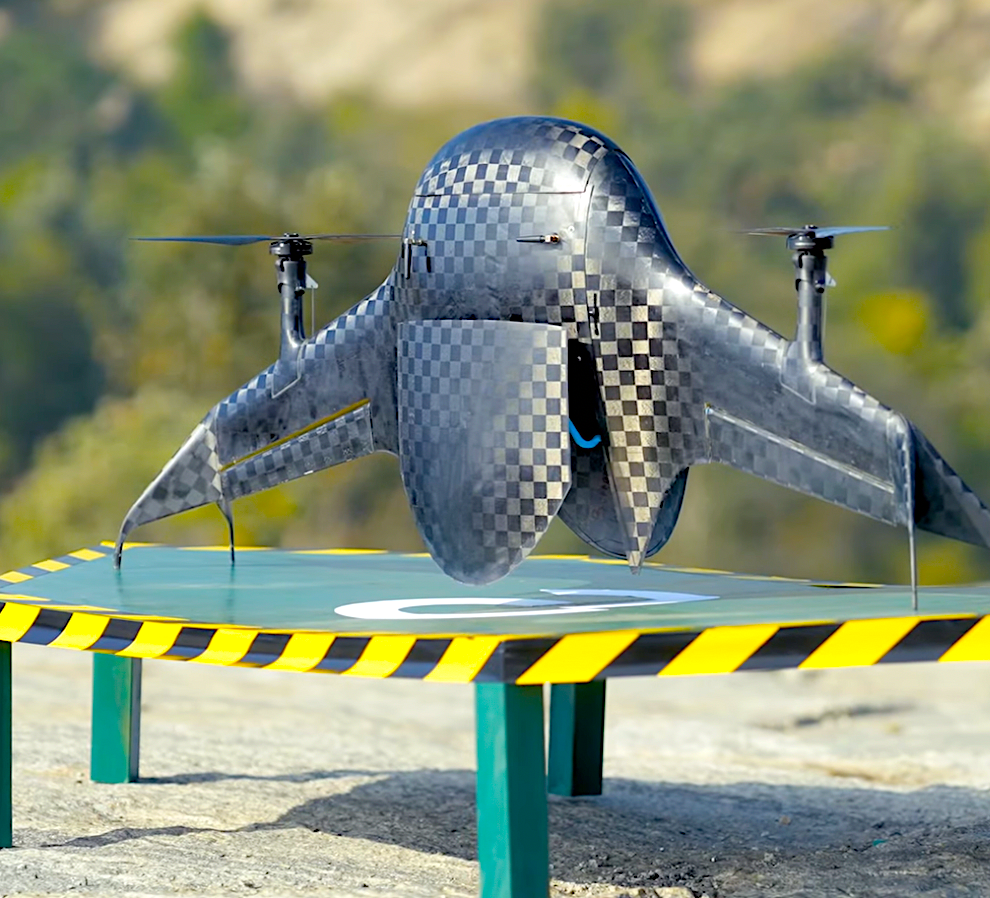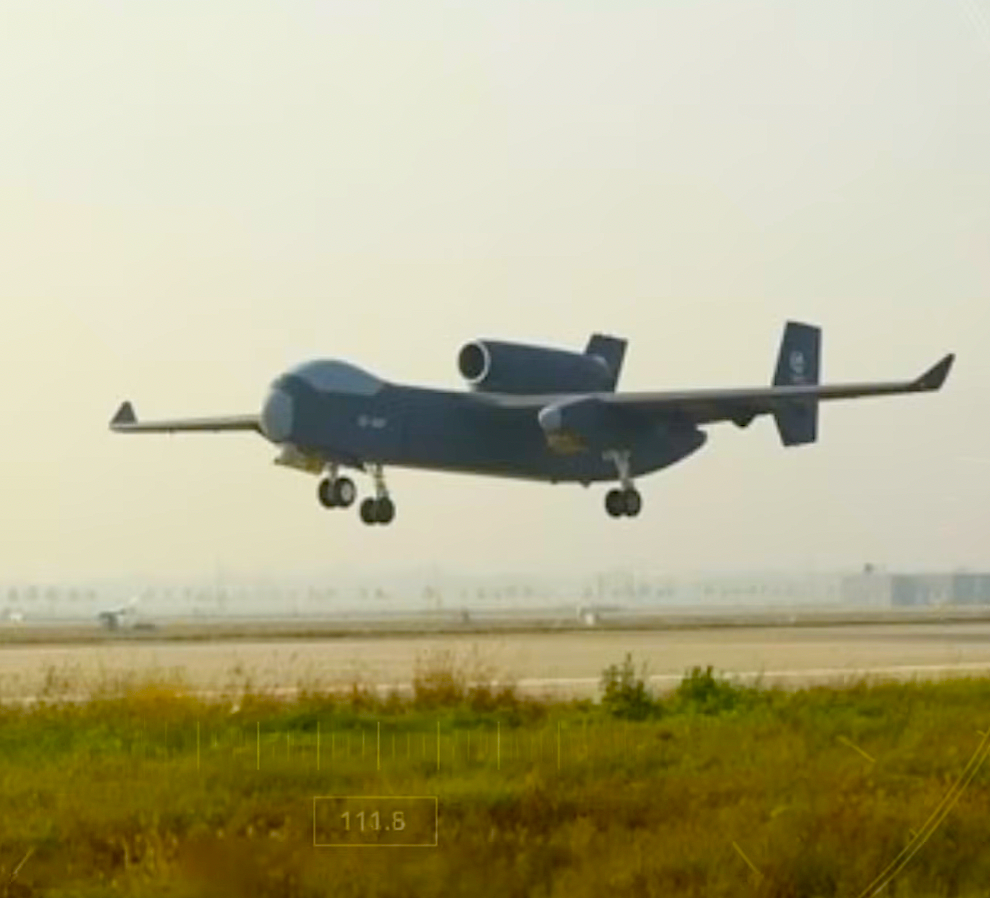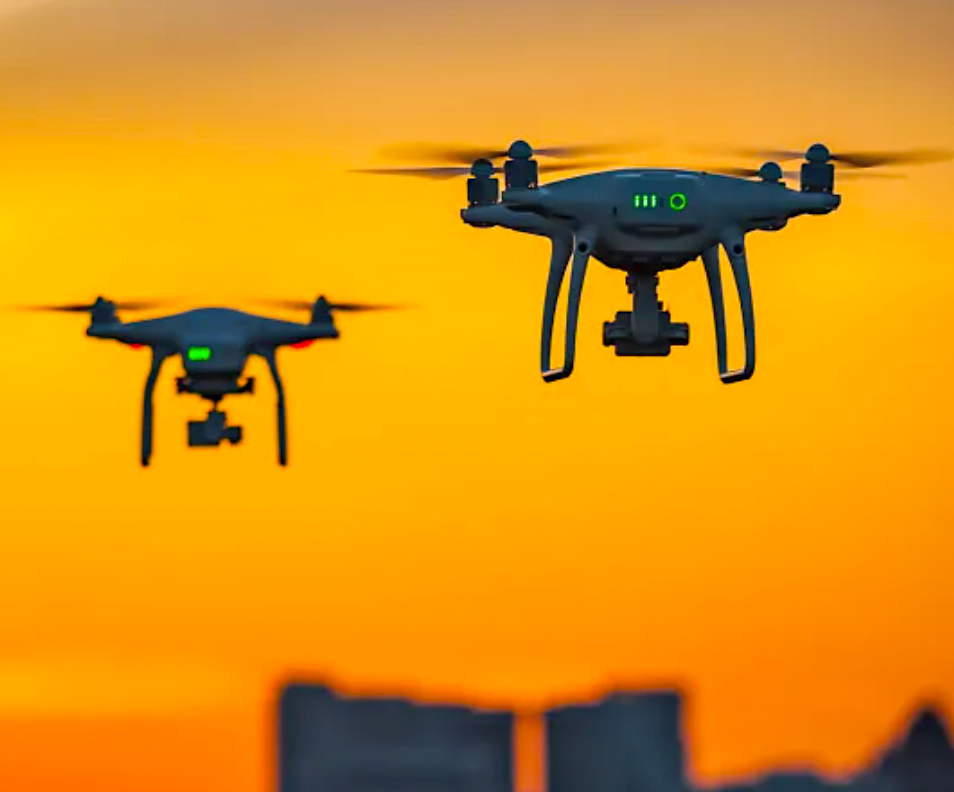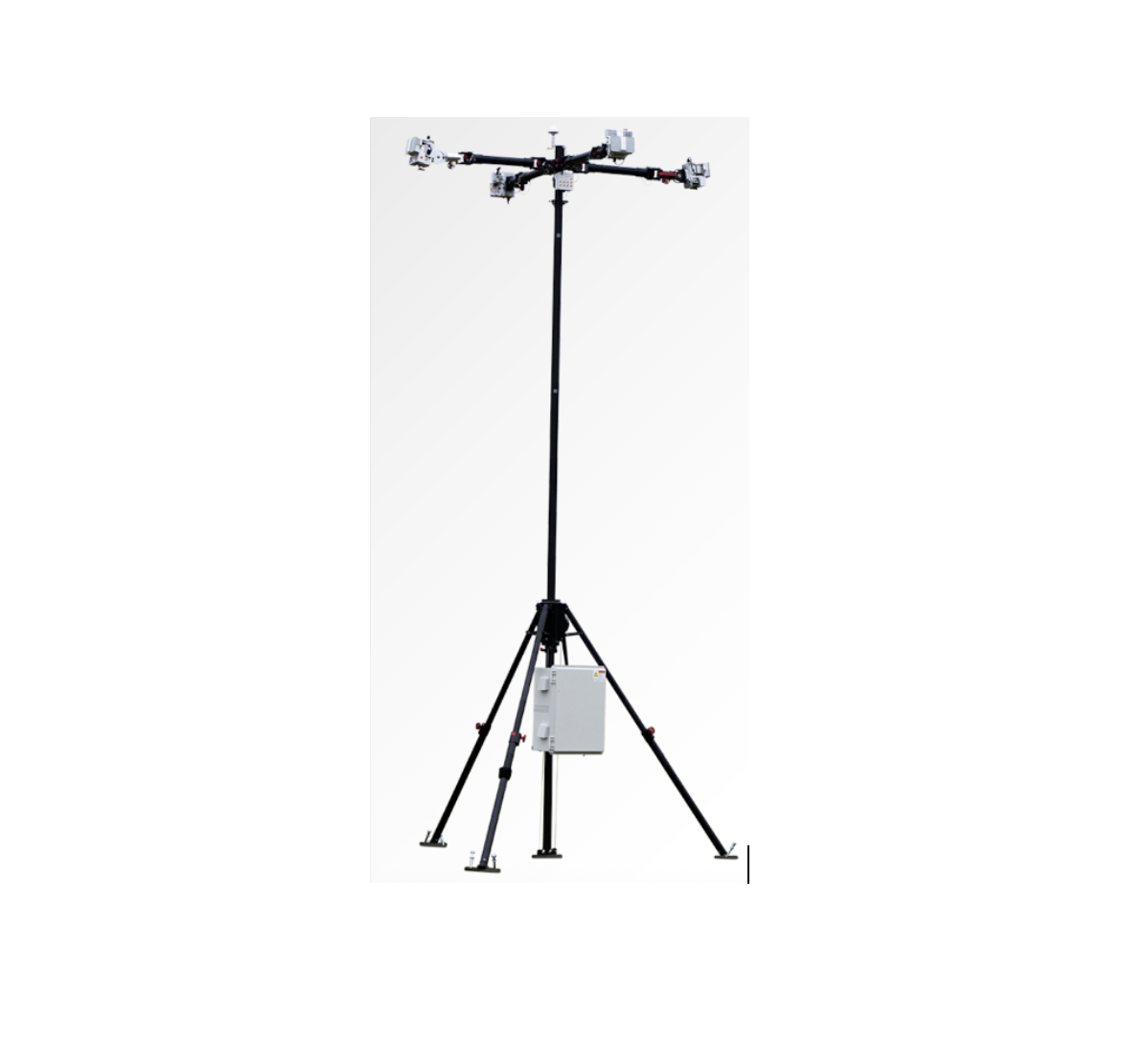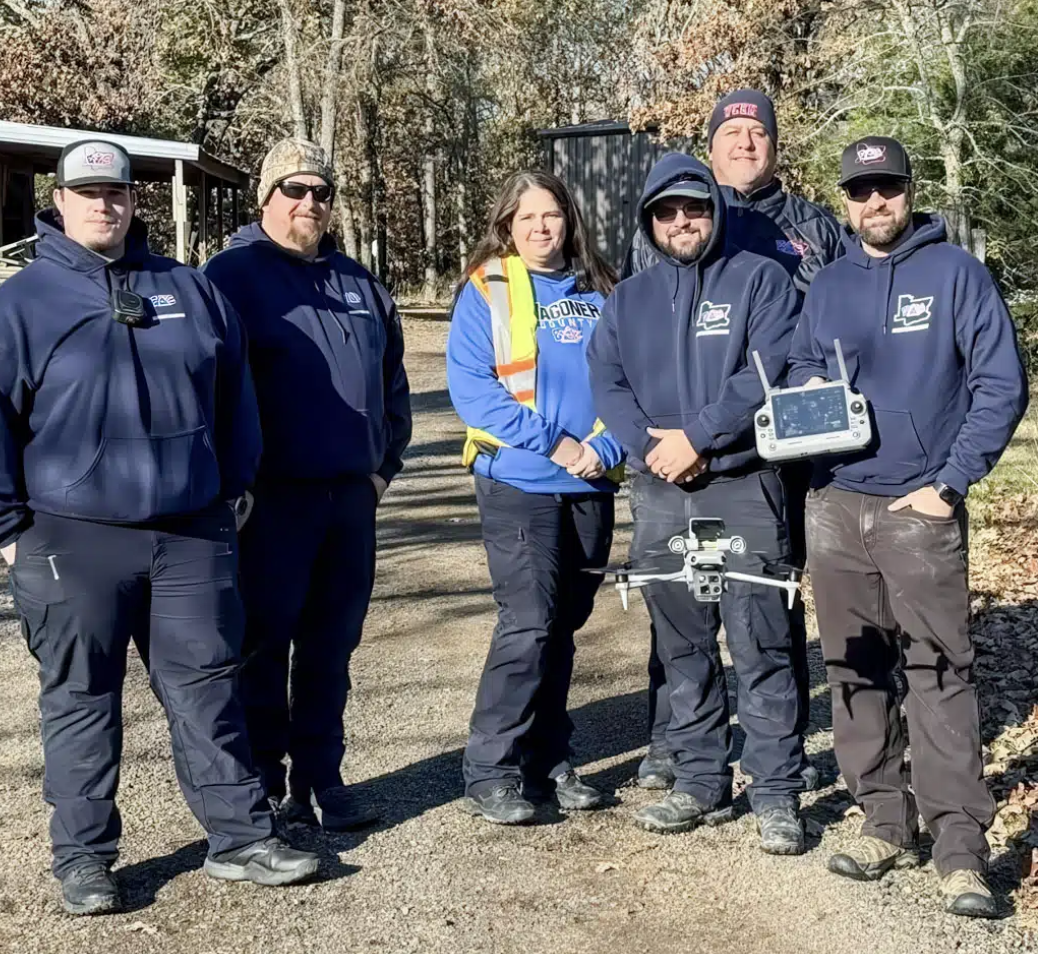Featured NewsTrending NewsEvolving TechThe Future Is Near: Solid-State Silent Drone Project Gets Investment from NASA

Imagine a drone with no moving parts—no propellers at all—silently delivering your latest Amazon purchase to your front door like Superman gently floating down from the skies.
That's a reality that NASA appears to be betting on, as the space agency's NASA Innovative Advanced Concepts program (NIAC) recently invested in a team that has been testing silent, solid-state crafts and actually logged sustained flights in 2018.
It's exciting stuff, and the tech is certainly more Star Wars than the Wright Brothers.
MIT aerospace engineering professor Steven Barrett is launching flights using ionic propulsion. Rather than propellers and mechanics, his solid-state vehicles deploy electrodes beneath the wings that generate a high-voltage electric field to ionize and accelerate nitrogen molecules in the atmosphere. This creates an "ionic wind" that pushes the plane forward.
"In the long-term future, planes shouldn't have propellers and turbines," said Barrett in 2018. "They should be more like the shuttles in Star Trek that have just a blue glow and silently glide."
WATCH THE FIRST SUSTAINED FLIGHT
But we're not ready to float silently above the earth just yet. Ionic—or electro-aerodynamic—propulsion is currented limited by a low altitude ceiling and the weight and size of the vehicle it can power. In fact, Barrett's successful flights weren't even launched outdoors. They were accomplished indoors at a large gymnasium.
The good news is that such limitations point to sooner-than-later successes with drones—rather than crafts bearing human passengers—and that fits in just fine with one of Barrett's views of the future.
A DIAGRAM OF THE SOLID-STATE FLYER: "LOOK, MA — NO ROTORS!"
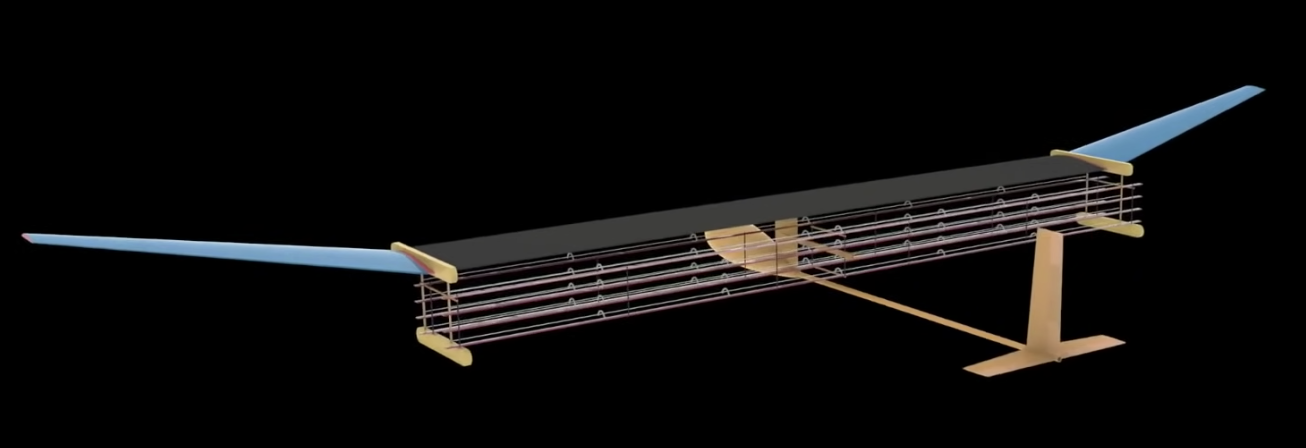
"In the nearer term it will be easier to create smaller vehicles such as drones," he said, "and the advantage to this technology is likely in noise control—especially if you think that in ten years, we might have urban areas filled with drones monitoring traffic and air pollution and delivering packages. Drones today are quite noisy and irritating, and we wouldn't want our urban environments to be polluted by all of this noise. Developing a way to propell drones that silent or near silent would be advantageous in that context."
NASA has committed first-phase funding of $175,000 for Barrett's team to refine and evolve the technology over a nine-month timespan.
Although NASA isn't always thinking about space—it also develops earthbound aeronautics—it's hard to know precisely why the agency is interested enough in solid-state flight to invest in the technology. It's assumed that one reason may be that moving parts tend to break down, and repairs of worn parts or components during space missions might be impossible.
MORE INFO ON ION PROPULSION
